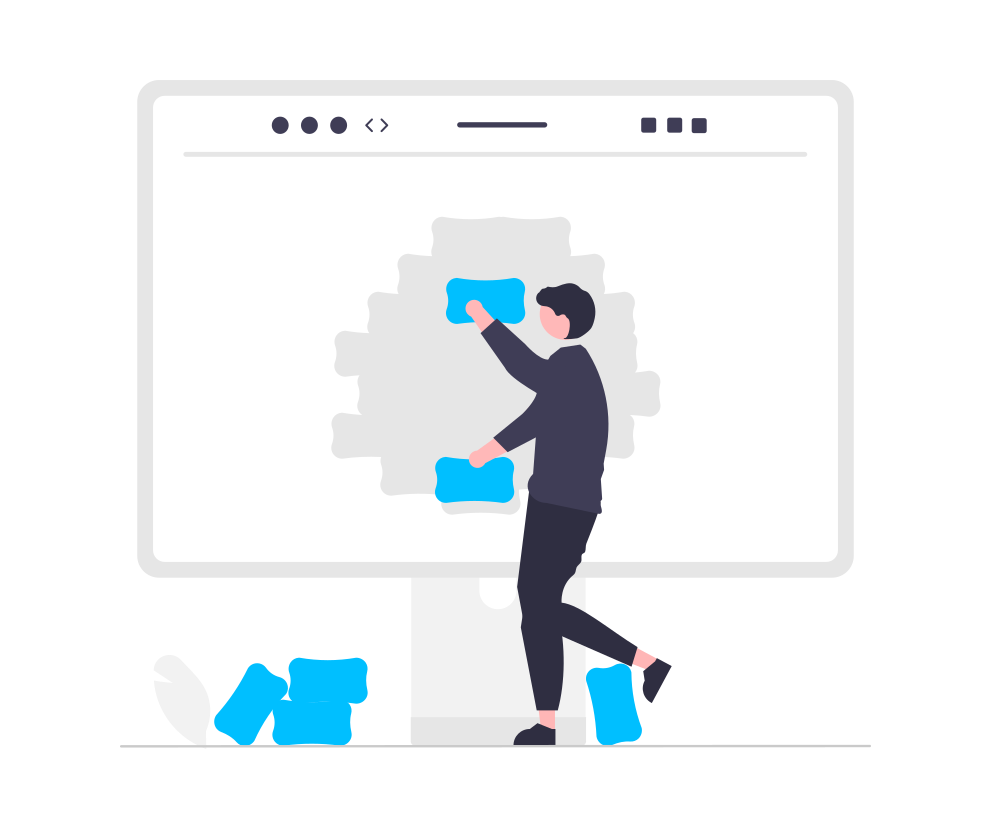Zero Harm Made Possible: Building a Culture of Safety with EHSQ Software
The Zero Harm approach to workplace health and safety has been gaining momentum since the late 1990s and early 2000s, especially in industries, such as manufacturing, construction, and energy, where safety is paramount. Since then, the Zero Harm approach has continued to evolve, with organizations increasingly championing it as a fundamental goal in their safety management systems.
What Is Zero Harm?
Zero Harm is a safety management policy that aims to prevent workplace injuries and illnesses. Its objective is not to eliminate accidents entirely, but rather to integrate safe practices in the workplace, focusing on continuous improvement and proactive prevention.
The concept envisions a workplace where safety is inherent, ensuring the well-being of employees, contractors, and visitors. It surpasses generic safety regulations to create a more proactive and diligent approach.
Its benefits include reducing workplace accidents, minimizing injury claims, creating a happier and safer workplace that attracts and retains top talent, and establishing a clean track record to secure new business opportunities.
Why Is Zero Harm a Contentious Issue?

Perhaps due to its ambitious nature, Zero Harm is a surprisingly contentious policy. Critics question the practicality of achieving Zero Harm in certain industries or high-risk environments. And many argue that its unrealistic expectations place excessive pressure on employees and organizations, leading them to underreport incidents rather than fostering a culture of continuous improvement.
That said, as the Zero Harm vision continues to gain traction, such policies are increasingly perceived as a powerful indicator of an organization’s dedication to the well-being of its staff. They demonstrate that an organization is truly committed to the safety of their staff, so much so that they would strive to achieve the seemingly impossible.
How Can I Implement a Zero Harm Policy

Zero Harm workplaces are characterized by comprehensive staff management, proactive risk identification, and real-time reporting. They foster a safety culture and unite in their commitment to protecting one another, making safety the top priority.
Building on these foundations, workplaces can take the following steps to create a Zero Harm environment:
1. Leadership Commitment
Zero Harm culture begins with strong leadership commitment and support. Top-level management should demonstrate their dedication to safety and actively promote it throughout the organization.
2. Clear Communication
Develop and communicate clear and easily understandable safety protocols to ensure all employees know the expected safety standards and procedures. These safety protocols should be readily available so that employees can access them before undertaking tasks.
3. Training and Education
Provide comprehensive training and education programs to equip employees with the necessary knowledge and skills to identify and mitigate risks effectively. This includes training on hazard recognition, emergency response, and safe work practices.
4. Active Involvement and Engagement
Encourage active involvement and engagement from all employees in safety initiatives. Foster a culture where everyone feels responsible for their safety and the safety of their colleagues.
5. Risk Assessment and Control
Implement a systematic approach to identify, assess, and control risks in the workplace. Conduct regular risk assessments and take proactive measures to eliminate or minimize hazards.
6. Real-time Reporting and Feedback
Establish mechanisms for real-time reporting of potential problems or hazards across multiple sites. Encourage employees to promptly report any safety concerns and provide feedback channels for continuous improvement.
7. Leverage Data
Use business intelligence to uncover trends of risky behavior and identify vulnerabilities. Efficiently utilize data to track progress towards the Zero Harm target.
8. Continuous Improvement
Foster a culture of continuous improvement by regularly reviewing and updating safety policies and procedures. Learn from incidents and near misses to identify areas for improvement and implement corrective actions.
By implementing these steps, through the use of EHSQ software, organizations can build a Zero Harm policy and create a safer working environment that prioritizes the well-being of employees.
How Can EHSQ Software Help?

To cultivate a Zero Harm culture, workplaces must embrace state-of-the-art tools and approaches across personnel management, risk management, reporting, and beyond. These cutting-edge resources aim to deliver unwavering workplace safety while upholding productivity and efficiency levels.
TenForce offers an environmental, health, safety and quality (EHSQ) software platform that can significantly contribute to an organization’s pursuit of Zero Harm targets. Here’s how TenForce can help:
1. Streamline Core Safety Procedures
TenForce streamlines essential safety procedures, enabling organizations to establish standardized processes and guidelines. This ensures that safety protocols are consistently followed across the board, reducing the likelihood of accidents or incidents.
2. Keeping Everyone on the Same Page
TenForce facilitates effective communication and collaboration among employees, ensuring everyone is aligned with Zero Harm principles. The platform serves as a central hub for sharing safety-related information, policies, and updates, keeping all stakeholders well-informed and engaged in promoting a safety-first culture.
3. Leveraging On-Site Reporting Tools
TenForce provides reporting tools that empower employees to report potential risks and hazards promptly. This accelerates the detection and reporting of risks, allowing organizations to take proactive measures to mitigate these risks before they escalate into actual incidents. By facilitating quick and efficient reporting, the platform enables timely interventions and corrective actions.
TenForce’s EHSQ software platform streamlines safety procedures, fosters alignment with Zero Harm principles, and leverages on-site reporting tools to accelerate risk detection and mitigation.
Unilin’s Journey: Implementing a Zero Harm Policy with TenForce’s EHSQ Software
Geoffrey Breyne from Unilin shared his experience of implementing a Zero Harm safety management policy using EHSQ software from TenForce at the recent Industrial SafetyWorX event. Unilin is a global player in the interior design and construction industry, specializing in flooring, panels, and insulation. With over 105 global locations, including 30 production sites, Unilin is dedicated to achieving Zero Harm and fostering a positive and caring culture for their 8,600 employees.
Unilin implemented a variety of modules from TenForce’s EHSQ platform to establish a Zero Harm roadmap to work towards their vision: to be a Zero Harm company with a positive and caring culture where safety is an intrinsic part of our operations.
By embracing a Zero Harm approach and leveraging advanced EHSQ software like TenForce, organizations can establish streamlined safety procedures, enhance communication, and empower employees to detect and report risks promptly, ultimately fostering a safer working environment.
Ready to take the next step towards achieving Zero Harm in your organization? Discover TenForce’s EHSQ software and start constructing your customized Zero Harm policy to elevate workplace safety.
